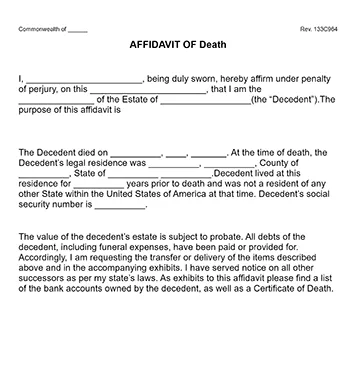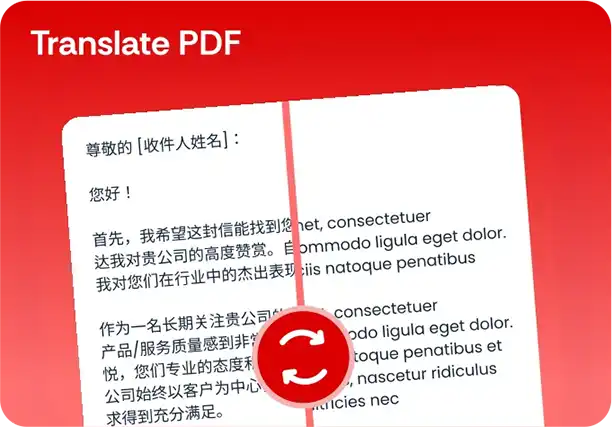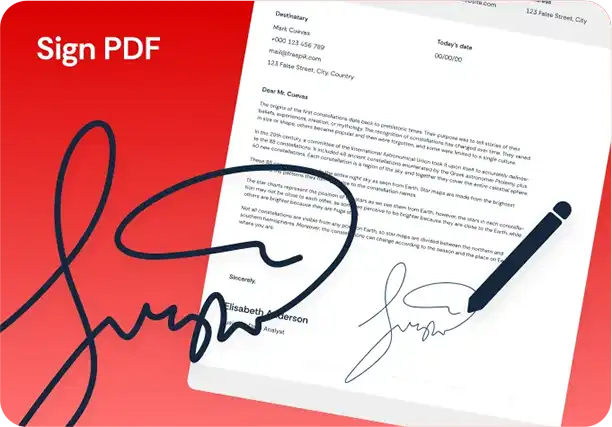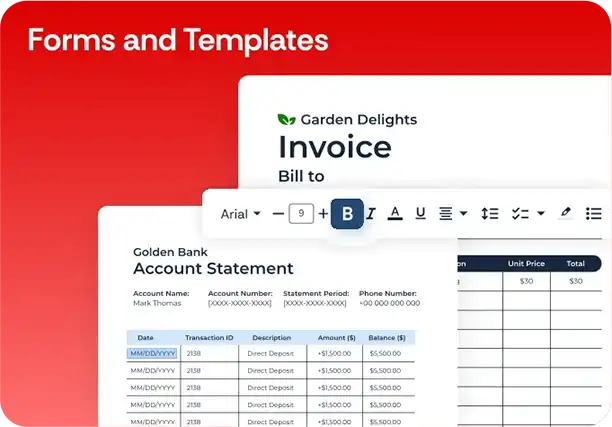Affidavit of Death Template
Stop searching and find out why people love the ease of creating beautiful and legally compliant Affidavit of Death with PDFSimpli.

Stop searching and find out why people love the ease of creating beautiful and legally compliant Affidavit of Death with PDFSimpli.


Pick from the colors and templates below
To Whom it May Concern:
I, ____________________, is the legal guardians of ____________,
born ________.
To Whom it May Concern:
I, ____________________, is the legal guardians of ____________.
To Whom it May Concern:
Guardian Information. We, _____ and _____, are legal guardians of _____.
Travel Consent. Child has permission to travel with _____.
Medical Authorization. We authorize necessary medical treatment.



An Affidavit of Death is a sworn, legal statement of an individual’s death. Typically, it’s used in random with a death certificate to officially notify interested parties — such as the court, an insurance company or a bank — that the individual in question has passed away. This is done in the interest of wrapping up any legal and/or financial loose ends after someone passes away. When an individual dies, the items, interests and obligations left behind are bundled together as his or her estate. The deceased may have designated who should receive parts of the estate; he or she may not have made such assignments. Regardless, the estate must be settled. An Affidavit of Death helps expedite the process and reduce the potential for argument or litigation. For example, after your spouse dies, you may need an Affidavit of Death to transfer shared property into your name, take your spouse’s name off of your joint bank accounts or show that you’re eligible to receive your spouse’s pension, 401K or other retirement benefits. The transfer of inherited property is the most common situation that requires the use of an Affidavit of Death. An Affidavit of Death may also be known by a variety of other names:
Generally speaking, an Affidavit of Death is used to deliver assets to beneficiaries and/or help them assume legal ownership of inherited property. More specifically, it may be used to:
Using an Affidavit of Death allows you to settle the deceased’s affairs promptly and with minimal hassle. It also reduces the chance of fraud. Forego the form, and you may be unable to close out the estate. For example, you may be prevented from collecting retirement benefits and life insurance proceeds or accessing safe deposit boxes. You may be denied funds held in the deceased’s checking and savings accounts. Without an Affidavit of Death, you may not even be able to close the deceased’s accounts. Skipping the affidavit may also stop you from selling any real estate or other property for which the deceased party is listed as an owner or from transferring it to its legal heir(s).
There are seven pieces of information that an Affidavit of Death must include:
An Affidavit of Death may also require other information that pertains to the document’s specific purpose. If property is involved, for instance, such as the transfer of an automobile, real estate or personal effects, details of said property may need to be provided.
1 What is an Affidavit of Death?
2 What is an Affidavit of Death used for?
3 Why should you use an Affidavit of Death?
4 How to write an Affidavit of Death
5 How To Fill Out an Affidavit of Death with PDFSimpli in Five Steps
6 Affidavit of Death Frequently Asked Questions
6.1 Do you have to accept inherited property?
6.2 What is an Affidavit of Death Intestate?
6.3 What is Transfer on Death? Is that different than an Affidavit of Death?
No. It’s important to note that when property transfers from the deceased to his or her heir, everything else involved with that property becomes the heir’s responsibility, too. For example, if your grandfather leaves you his lake house, he’s also leaving you any obligations or debts related to it, such as its utility bills, yet-to-be-discovered mold or leaky roof. Because the title transfers without warranty, you’re also on the hook for any future claims made against it. For these reasons, as well as others, an heir may renounce his or her claim to an inheritance.
When someone dies without a legal will, he or she has “died intestate.” When this happens, the individual’s estate must go through probate court. Laws governing this process vary from state to state, and if an individual held property in multiple states — such as a vacation property in a different state from the primary residence — the estate has to go through probate in each state. You can use an Affidavit of Death Intestate to claim that you are a rightful heir to the decedent’s post-probate estate.
Yes. Transfer on Death is a designation made in an individual’s will that declares who receives what in the event of that individual’s death. By planning ahead like this, beneficiaries can bypass the probate process. They can also plan ahead. For example, if the eventual transfer of real estate is involved, the beneficiary can begin budgeting for future expenses such as property taxes. A Transfer on Death assignment does not negate the need for an Affidavit of Death, however, as the proper authorities will still need to be formally notified of the death.